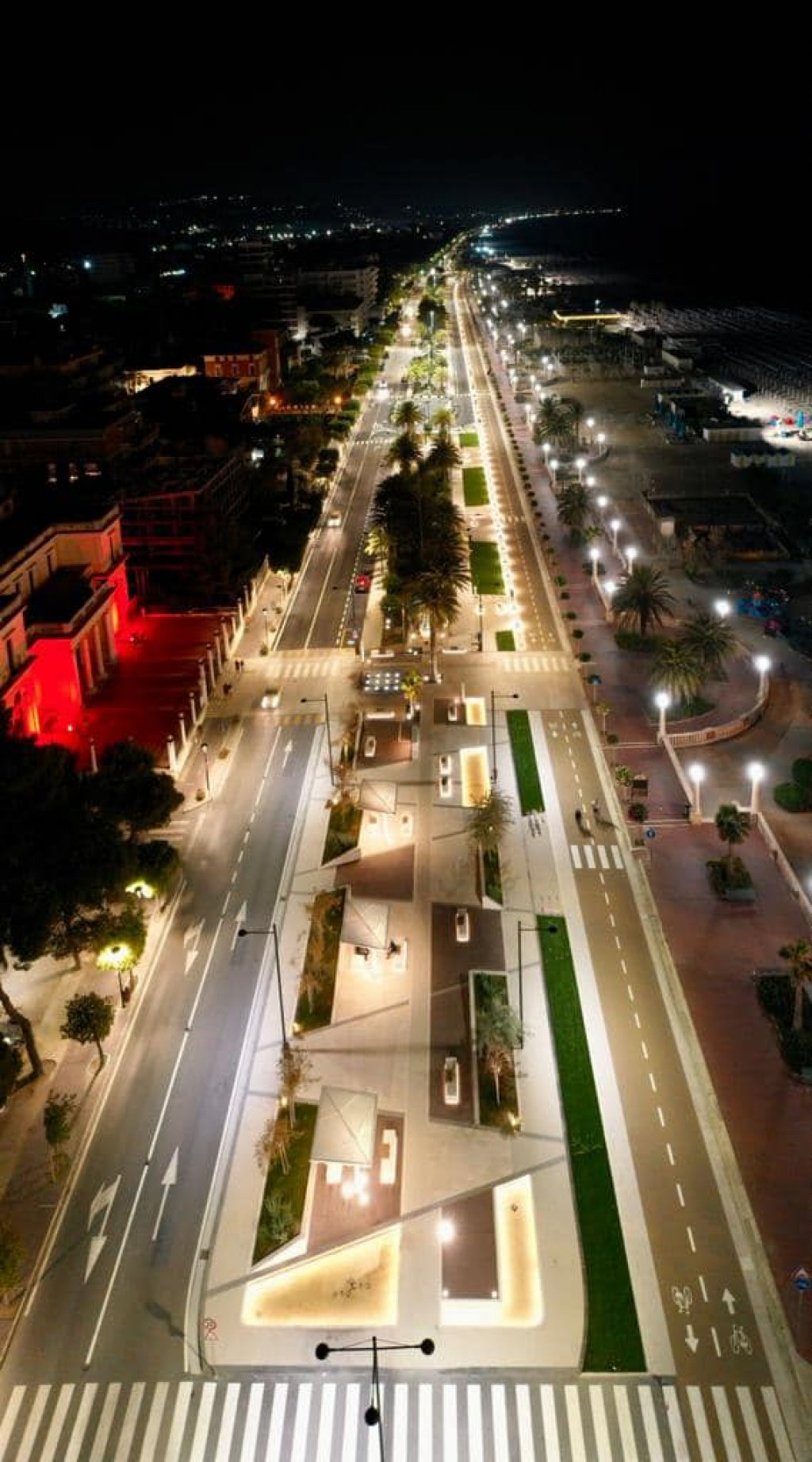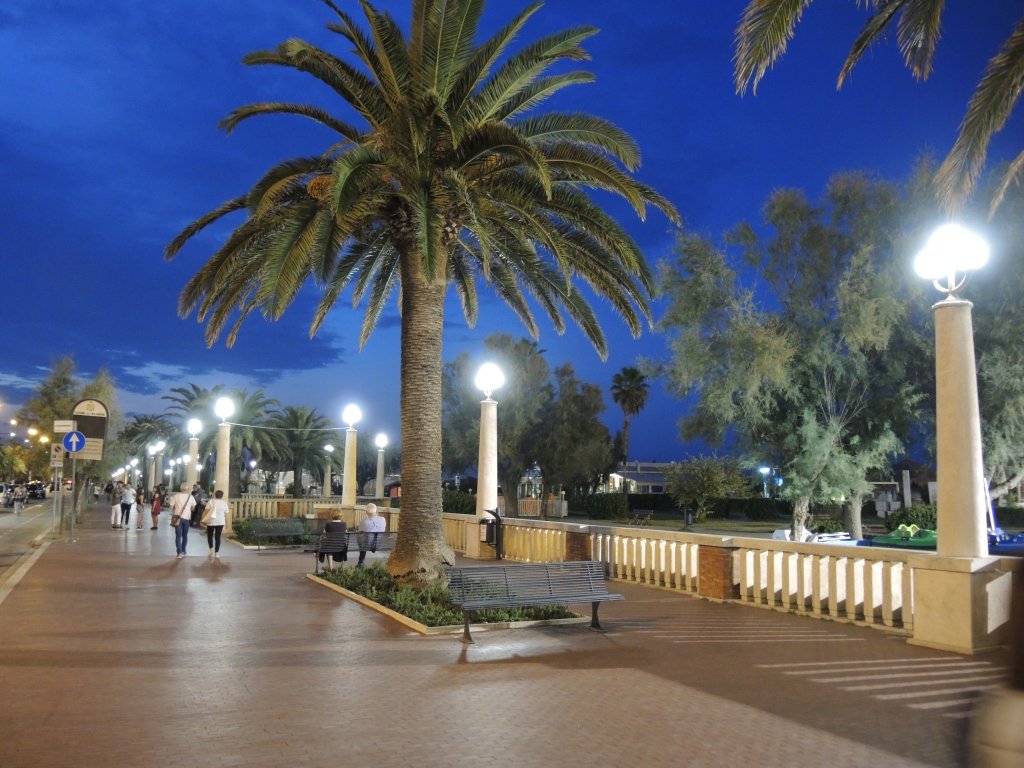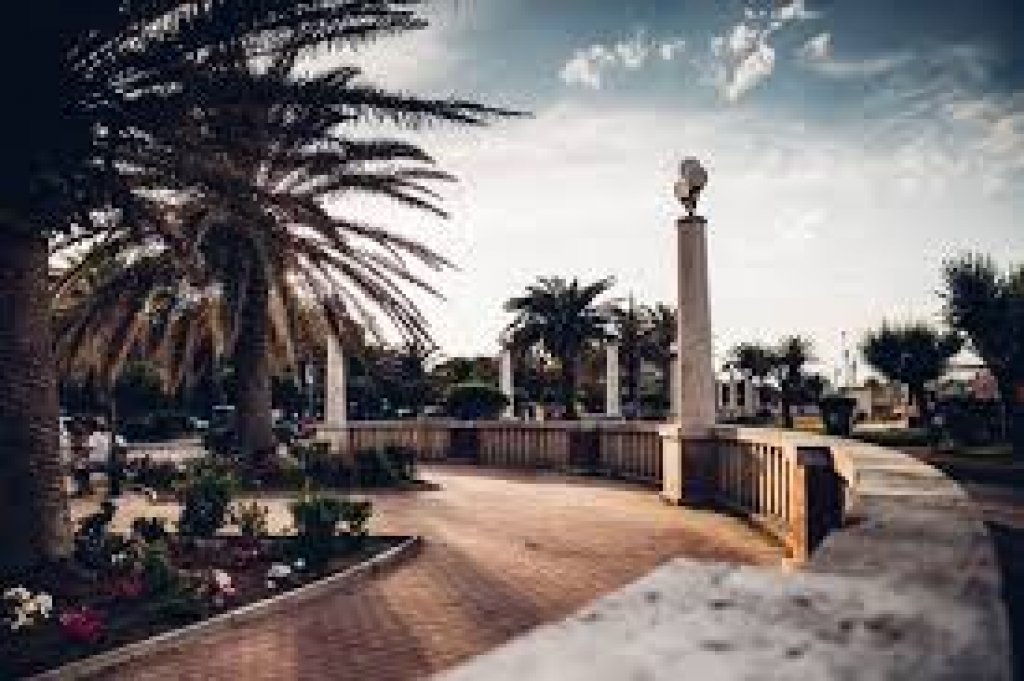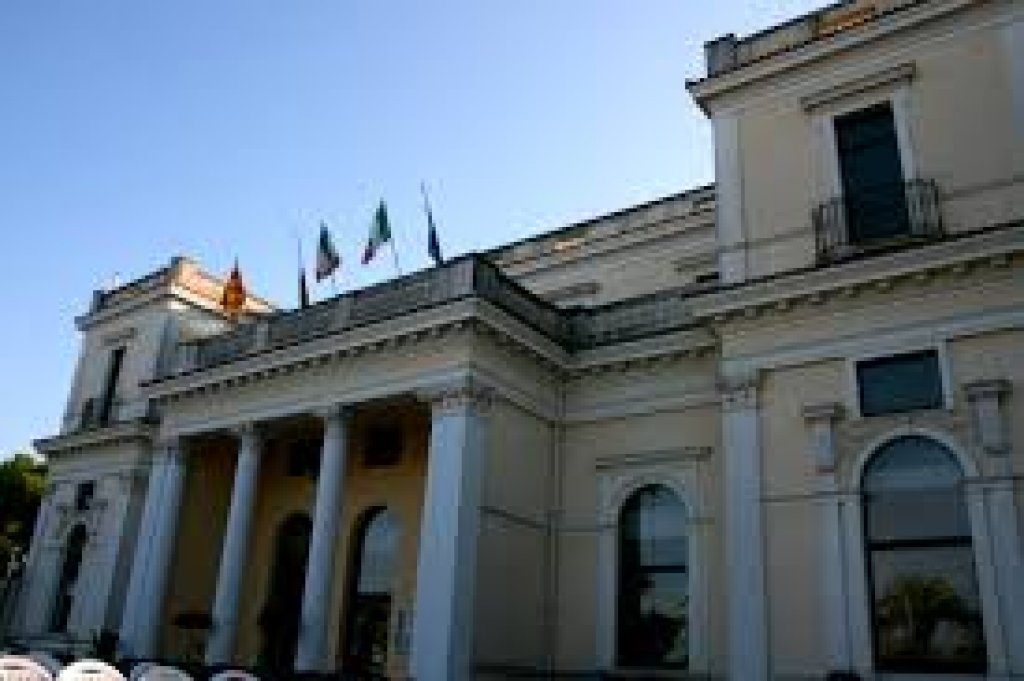- Home
- Punti di interesse
- Il Lido di Giulianova: la borgata Marina e le sue testimonianze storiche
- Accessibilità disabili
- Audioguida
- WiFi
Descrizione
Nella seconda metà dell’Ottocento, sotto una vivace spinta demografica e con il miglioramento dell’economia locale il centro della città disposto sulla collina si espande facendo dell’attuale piazza della Libertà il nodo urbano principale. Anche il sottostante litorale, fino all’Unità d’Italia sostanzialmente deserto, grazie all’entrata in funzione nel 1863 della linea ferroviaria Ancona-Pescara e quindi, nel 1884, di quella per Teramo, registra una sempre più vivace attività sia commerciale che industriale. Grazie anche alla “scoperta” del turismo balneare, con la costruzione nel 1874 dello stabilimento balneare e la presenza dal 1896 di un frequentatissimo Ippodromo, l’abitato a valle si infittisce di nuove costruzioni estendendosi progressivamente nelle aree adiacenti alla stazione.
Nel 1936 la già solida vocazione balneare, rappresentata dall’imponente Kursaal
nell’odierna piazza Dalmazia, realizzato nella parte inferiore nel 1913
come club marino e ultimato in stile liberty sedici anni dopo come
albergo assai prestigioso, viene rafforzata dalla costruzione del lungomare monumentale che ancora oggi disegna la zona centrale del Lido con le sue colonne in travertino terminanti con lampioni.
Percorrendo il lungomare in direzione Nord è possibile inoltre imbattersi in splendidi edifici Liberty come la Villa Paris-Costantini e la Villa Gasbarrini, e nella imponente Colonia Maltoni-Mussolini,
esempio di architettura fascista, edificata nel 1936 per ospitare uno
dei centri marini dell'Istituto Nazionale di Assistenza Magistrale.
Punto informazioni:
- IAT Giulianova
Via Nazario Sauro, 152
0858021800
iat.giulianova@abruzzoturismo.it
---ENG---
Description
In the second half of the nineteenth century, due to a lively demographic change and with the improvement of the local economy, the city center, located on the hill, was expanded and today's Piazza della Libertà became the main hub. Also on the coast, almost deserted until the unification of Italy, commercial and industrial activity became increasingly lively thanks to the opening of the Ancona-Pescara railway line in 1863 and the Teramo railway line in 1884. Also thanks to the "discovery" of seaside tourism and the construction of bathing establishments in 1874, the presence of a very popular hippodrome since 1896, the city has been condensed towards the sea with new buildings that gradually extended to the areas adjacent to the station.
In 1936 the already solid seaside tourism, represented by the imposing Kursaal, built in 1913 in the lower part as a naval club and completed sixteen years later as a very prestigious hotel in Art Nouveau style, was represented in today's Piazza Dalmazia and by the construction of the monumental promenade, which still today represents the central area on the coast with its travertine columns and street lamps.
Along the coast to the north are other magnificent Art Nouveau buildings such as Villa Paris-Constantini and Villa Gasbarrini, as well as the imposing Maltoni-Mussolini Colony, an example of Fascist architecture built in 1936 to house the National Institute for Teaching Assistance.




